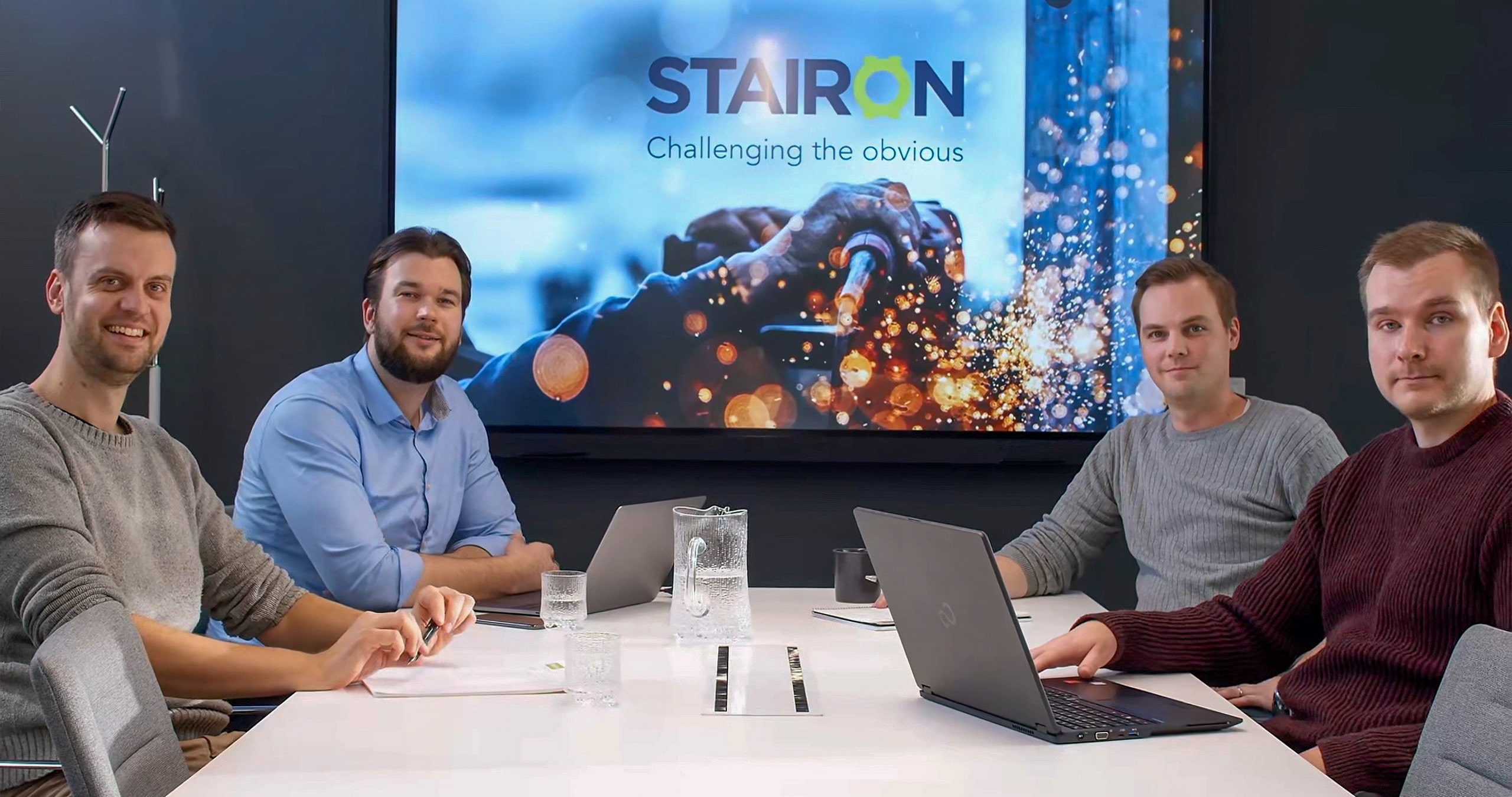Industry plays an important role in achieving Finland’s carbon neutrality targets by 2035. For example, direct emissions from the technology industry account for 7% (2019) of all Finland’s emissions and 45% of Finland’s energy needs.
Many industrial companies are already monitoring and taking measures to reduce their own emissions.
“Although the actual legal obligation for emission calculations and other responsibility reporting has not yet been specified for SMEs, it already applies extensively to our industry and most of our customers,” says Timo Kylä-Nikkilä, CEO of Stairon.
Stairon has listened carefully to its customers’ plans and needs in terms of reducing emissions. During autumn 2022, Stairon launched its own process related to emission calculations and reductions.
“We are an important part of our customers’ supply chain. If we set our own emissions targets at least in line with their targets, we will also help them to reach their own targets,” says Kylä-Nikkilä.
Outlining the guidelines during January
Stairon’s emissions calculation is carried out with a Finnish partner, Nordic Offset. Emissions are currently being calculated for 2021, and the calculation for 2022 will be completed by the end of January 2023.
Kylä-Nikkilä praises Nordic Offset’s comprehensive climate responsibility expertise and extensive networking with the operators in the field.
“The work is also facilitated by the overall service provision which means that, in addition to the results and the action plan, we can also use their networks and expertise to reliably compensate for emissions that cannot yet be directly influenced by our own reduction measures,” he says.
“Although our own measures are, naturally, prioritised in the fight against climate change, the pursuit of carbon neutrality will also require us to compensate.”
Making the benefits of actions visible through data
Emissions are largely caused by the production of raw materials and energy used in industry. Steel production is one of the most significant sources of emissions globally.
“In recent years, certain steel producers have taken significant leaps in, for example, fossil-free steel production technology. These practices will hopefully be available for wider use in the next few years,” Kylä-Nikkilä estimates.
“Environmental issues and emission management will be emphasised in the future. We want to be at the forefront of reducing the environmental impact of our industry.”
Timo Kylä-Nikkilä
For a long time, Stairon has been implementing energy efficiency measures through the existing environmental management system, with the aim of reducing waste by optimising raw materials and carefully recycling all material fractions.
“However, there has been no comprehensive measurement of emissions. In the future, we will know more about the impacts of the measures and be able to focus on the measures that have an impact.
We have committed ourselves to being prepared to make investments when the pursuit of carbon neutrality requires them,” Kylä-Nikkilä promises.

